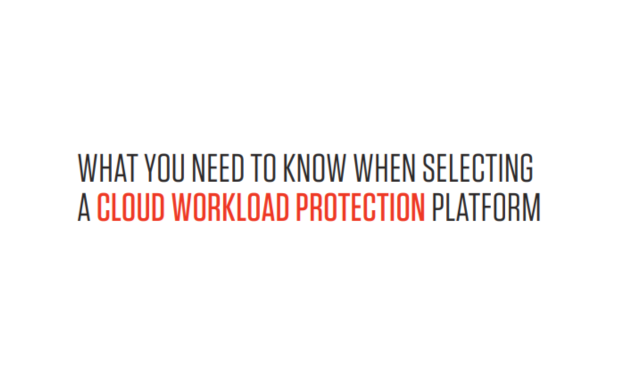As organizations grow and add more workloads, containers and distributed endpoints, traditional security solutions can quickly become very complex and take months to implement and become fully operational. Then soon after, the entire infrastructure could be updated to ensure that it operates at the highest level of protection, or a different component could be added to protect against a new type of threat. This often requires the entire implementation procedure to start all over again — leaving gaps in your protection.
Hybrid deployments with components distributed between on-premises and the cloud may seem to be a logical solution, but they can introduce challenges. Infrastructure overhead continues if any on-premises management component is required. Versioning quickly adds layers of complexity and introduces security gaps as capabilities, protection and update routines vary across the estate. Decentralized data repositories limit detection and response capabilities.




